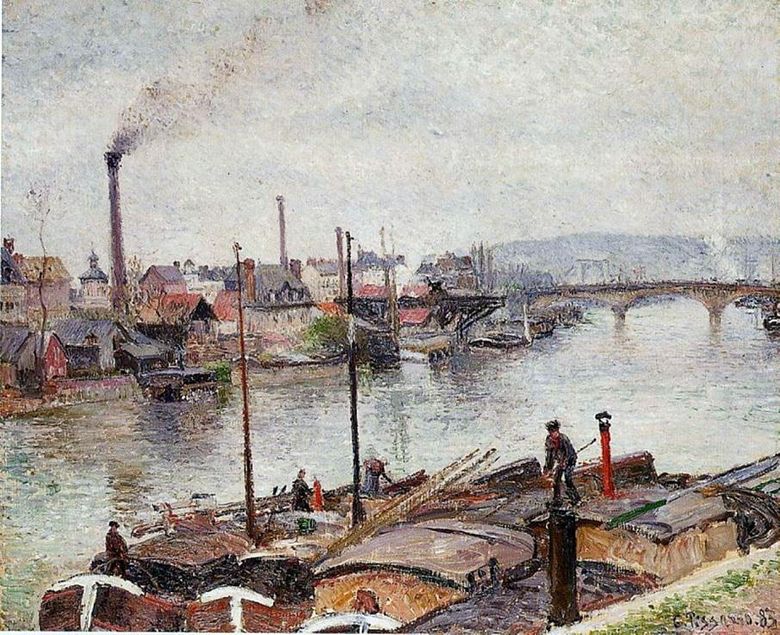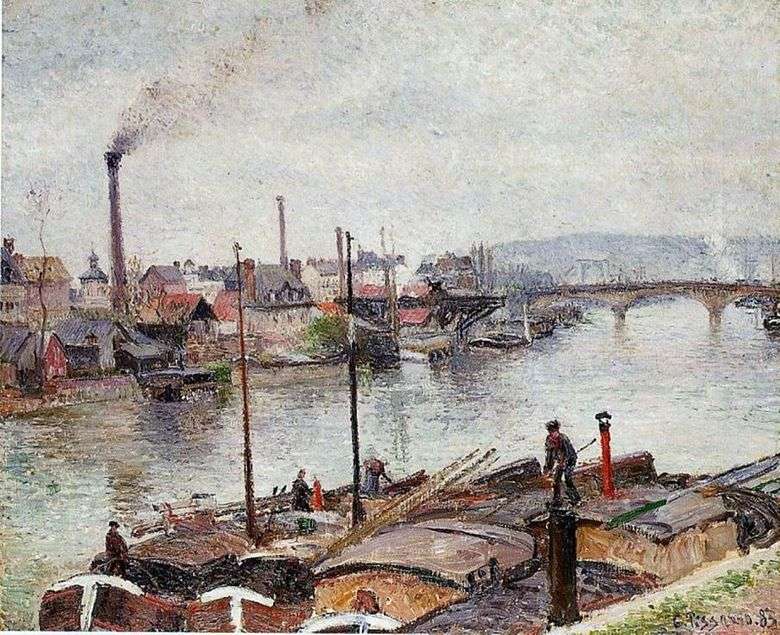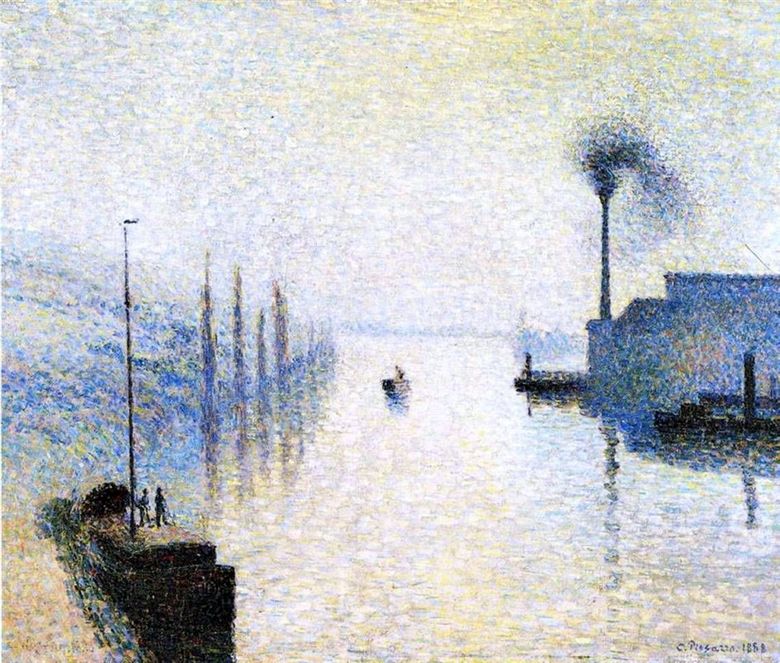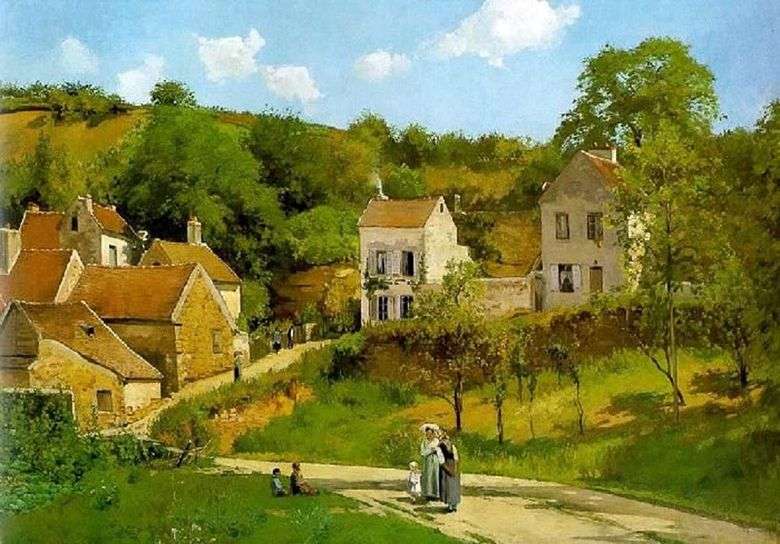
One of the largest French impressionists, Camille Pissarro, was born in the Antilles. He studied in Paris, after which he returned to St. Thomas. The desire to paint made Pissarro flee to Venezuela, as his father resisted the choice of his son. In the end, Pissarro was still able to go to Paris to study painting. He enthusiastically discovered the works of Ingres, Courbet, Corot.
In 1855, Pissarro entered the School of Fine Arts, he also attended the studio Suis, met Monet. During these years, the artist painted tropical landscapes, as well as the environs of Paris. In 1859, he first exhibited his works in the Salon. Overcoming the influence of Corot, Courbet, Pissarro went to his own style.
The artist possessed an amazing vision – where the ordinary eye saw one color, he found many gradations of tone, shades of different colors. Pissarro not only improved his art, but also very sensitively caught everything new, interesting and embodied it in his work.
Influenced by Sulfur and Signac in the second half of the 1880s, Pissarro became interested in pointillism, but in the 1890s he returned to his former manner. His favorite theme was the urban landscape. Other famous works: “Big Bridge in Rouen”. 1896. Carnegie Institute, Pittsburgh; “Boulevard Montmartre in Paris”. 1897. Hermitage, St. Petersburg; “Opera Travel in Paris”. 1897. The Pushkin Museum of Fine Arts. A. S. Pushkin, Moscow.
 Île Lacroix Rouen – Camille Pissarro
Île Lacroix Rouen – Camille Pissarro Isla lacroixRuán – Camille Pissarro
Isla lacroixRuán – Camille Pissarro Island Lacroix in the fog. Ruan Fog Effect by Camille Pissarro
Island Lacroix in the fog. Ruan Fog Effect by Camille Pissarro Île Lacroix dans le brouillard. Rouen. Effet de brouillard – Camille Pissarro
Île Lacroix dans le brouillard. Rouen. Effet de brouillard – Camille Pissarro Hermitage in Pontoise by Camille Pissarro
Hermitage in Pontoise by Camille Pissarro Opera travel in Paris. The effect of snow. Morning by Camille Pissarro
Opera travel in Paris. The effect of snow. Morning by Camille Pissarro Cowgirl (Girl with a Rod) by Camille Pissarro
Cowgirl (Girl with a Rod) by Camille Pissarro Ermita en Pontoise – Camille Pissarro
Ermita en Pontoise – Camille Pissarro